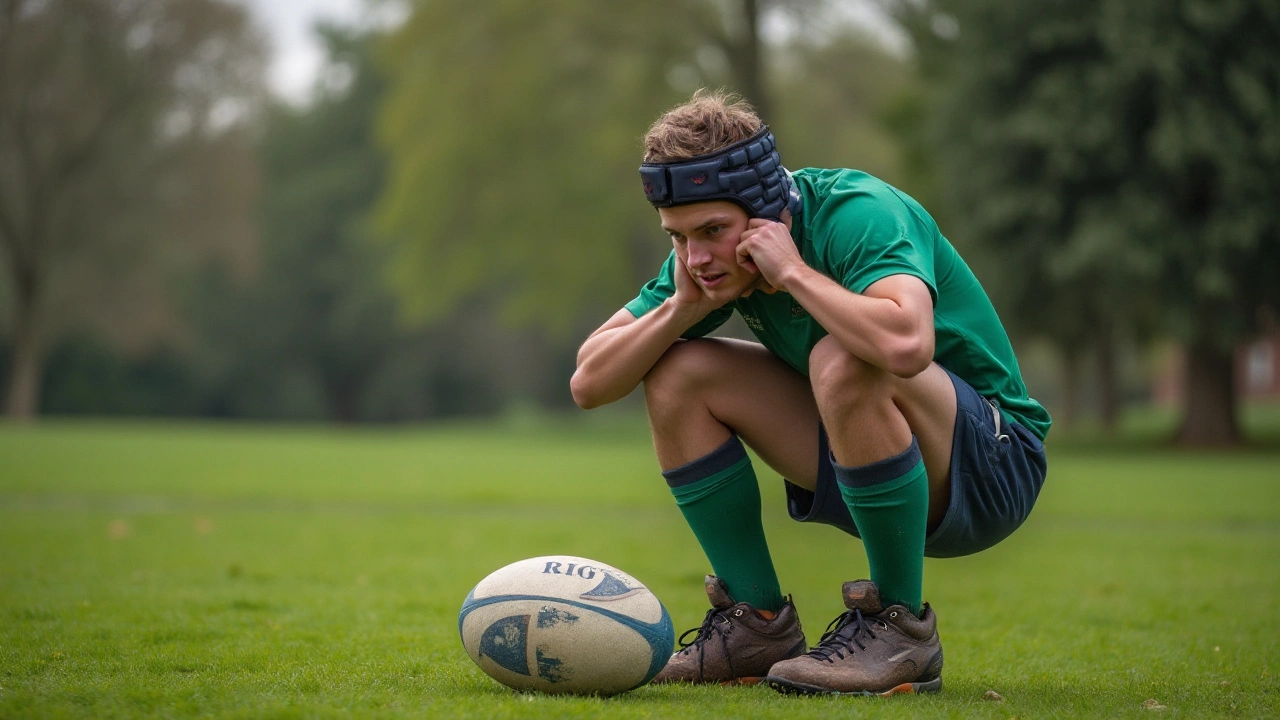
Athlete Gear Guide: What Every Sportsperson Needs
Thinking about upgrading your kit? You’re not alone. Whether you run, bike, swim or swing a racket, having the right gear can boost performance and keep you injury‑free. This page breaks down the basics – from shoe picks to travel tricks – so you can make smarter buys without the hype.
Choosing the Right Shoes for Your Sport
Footwear is the first thing you notice when you lace up, and it matters more than most people think. If you’re a runner, look for a shoe that matches your stride. Brands like Asics and Hoka often pop up in reviews because they balance cushioning and stability, but the key is fit. Try the shoes on at the end of the day when your feet are slightly swollen; that’s when they’ll feel most natural during a long run.
For cyclists, the shoe‑pedal connection is the game‑changer. Clip‑less pedals give you a more efficient pedal stroke, but make sure the cleats line up with your foot’s natural angle. A shoe that’s too stiff can cause toe numbness, while a loose fit can slip off mid‑ride.
Traveling With Your Gear – No More Airport Drama
Got a tournament abroad or a training camp? Packing your equipment doesn’t have to be a nightmare. Most airlines allow sports gear as regular luggage, but it’s wise to check weight limits first. Soft items like yoga mats or light dumbbells can fit in a larger suitcase. Hard‑shell gear – think skateboards or hockey sticks – often needs to be declared and may incur a fee.
To avoid surprises, wrap fragile gear in clothing or bubble wrap and label the bag “Fragile – Sports Equipment.” This not only protects your items but also signals baggage handlers to treat it gently. A quick tip: pack a small “gear‑care” kit with disinfectant wipes and a mini repair kit. You’ll thank yourself when you land and your gear is still game‑ready.
Keeping Your Equipment in Top Shape
Even the best gear loses its edge if you neglect maintenance. A quick wipe‑down after each session removes sweat and dirt that can corrode metal or break down synthetic fibers. For shoes, let them air dry away from direct heat – a heater can warp the sole and weaken the glue.
Rackets, bats and clubs benefit from a regular check‑up. Look for cracks, loose strings or worn grips. Re‑string a tennis racket when you notice a drop in control, and replace a bike chain every few thousand miles to keep your drivetrain smooth. Simple habits like these extend the life of your gear and save money in the long run.
Finally, don’t forget to rotate your gear. Using the same pair of shoes or the same set of pads every day wears them out faster. Swapping to a backup set every few weeks spreads the wear and keeps each item performing at its best.
Bottom line: good athlete gear starts with the right fit, travels safely, and gets regular TLC. Use these straightforward tips as a checklist before your next purchase or trip, and you’ll stay focused on the sport, not the equipment.
